Toppan Inc earlier in the year reported that it has developed an IGZO TFT technology able to withstand >1M bending cycles @1mm radius. This is an incredible result (for reference: foldable smart phone has a radius of 3mm). This is a fantastic result. Manabu Ito discussed at a TechBlick conference how this was achieved. Here, we offer a summary of the key technical innovations.
1) Make dielectric organic: In general many have focused on organic semiconductors to promote bendability of TFT arrays. However, the active channel is an oder of magnitute thinner than the dielectric, and thus has a far less important influence on bendability. In this work, Toppan switched to an organic gate insulator and etch stopper material (PVP based??) instead of the glassic SiOx, SiNx or AlOx materials.
2) Plasma resist layer: As shown in the slide below, the deposition of the IGZO layer directly on the organic dielectric (botton gate device architecture) damages the surface, thus leading to very poor TFT charactersitics with low mobility, limited on/off ratio, higher threshold voltage, and poor sub-threshold characteristics. To overcome this, Ito-san et al deposited a just 7nm thin SiOx layer using ALD. This layer helps improve interfacial properties and also protects the underlying organic dielectric layer during the position. Indeed, as shown below, this results in excellent transfer characteristics for the TFT!
3) Island approach: The 7nm-thin SiO2 layer however cracked after 100k cycles at 1mm radius. The crackes essentially destroyed TFT function. As shown below, to prevent this, they patterned the SiO2 layer such that it existed only below the TFT area. This small change- requiring one additional photolithography step- ensures that the device would be bent more than one million times at a radius of 1mm
As shown in the final slide, this works still represents the state-of-the-art work. It does not involve printing or additive electronics, but enables one to design and produce truely flexible TFT arrays able to follow extreme curvature. In this project, they comobine a 64pixel TFT array with ferroelectric polymer to form a flexible motion system to detect the motion of swallowing.



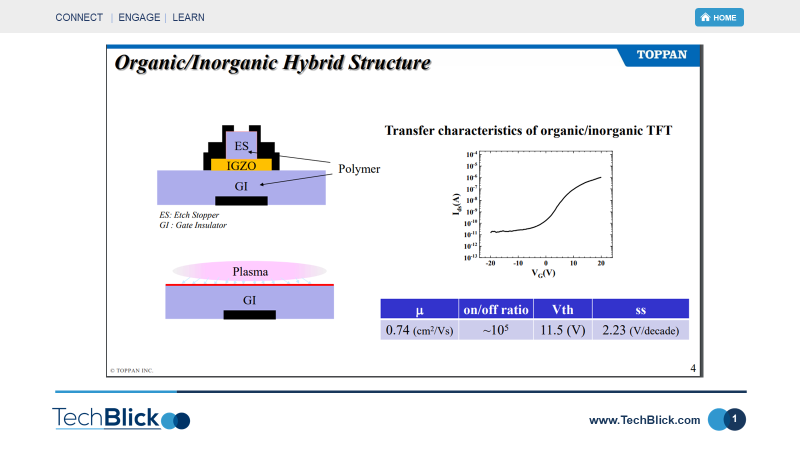

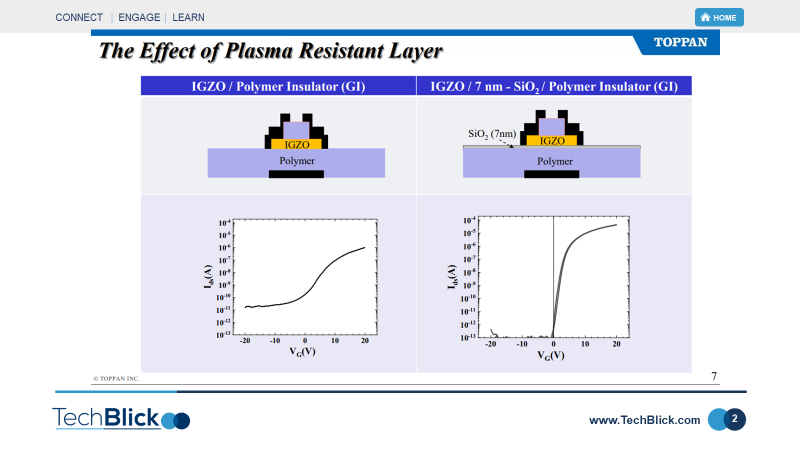

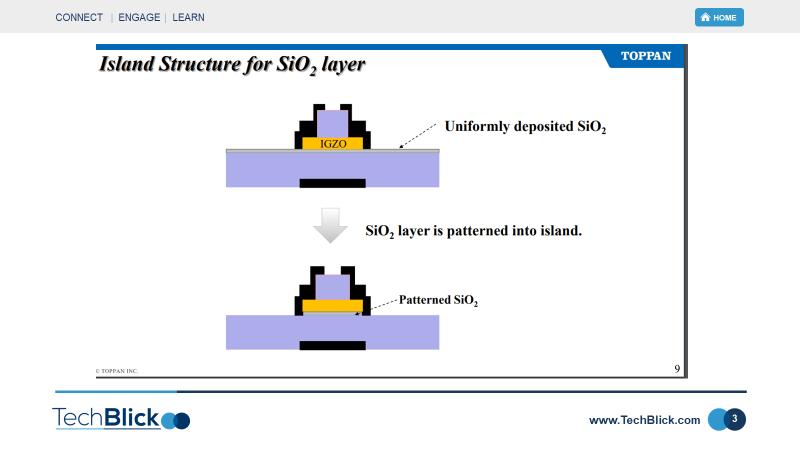

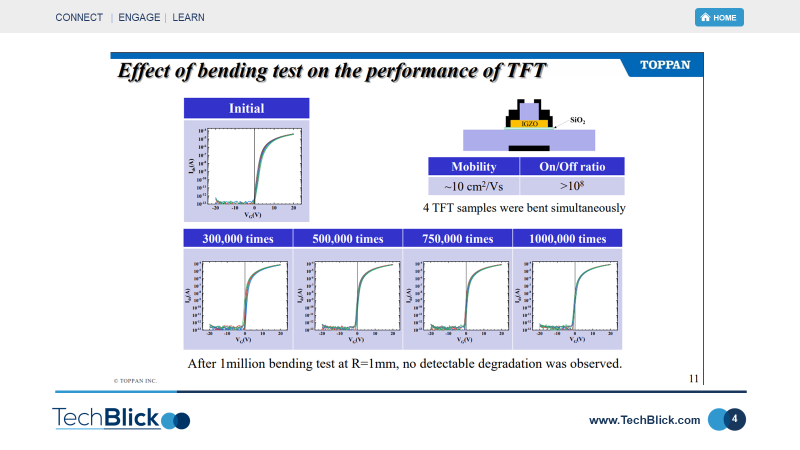

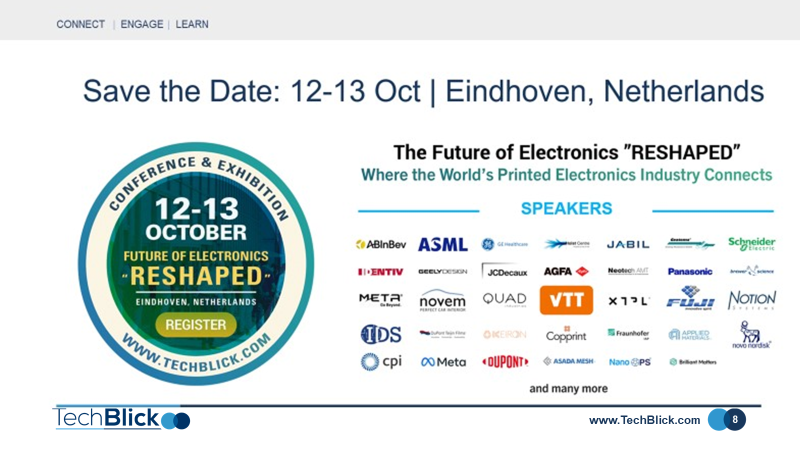

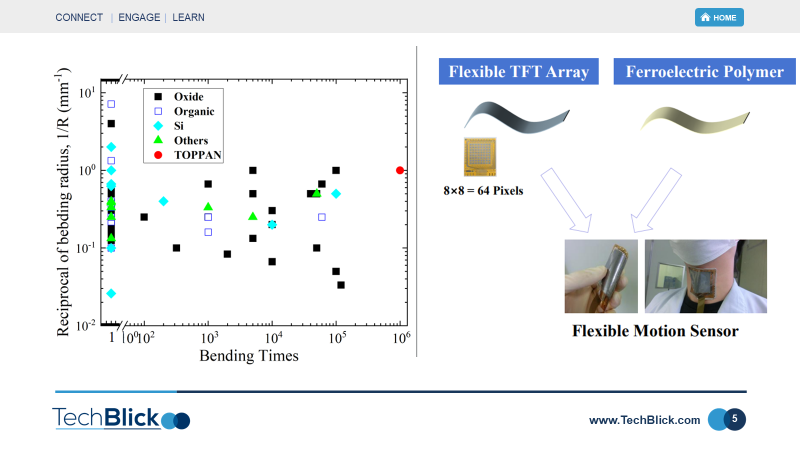
Comentarios